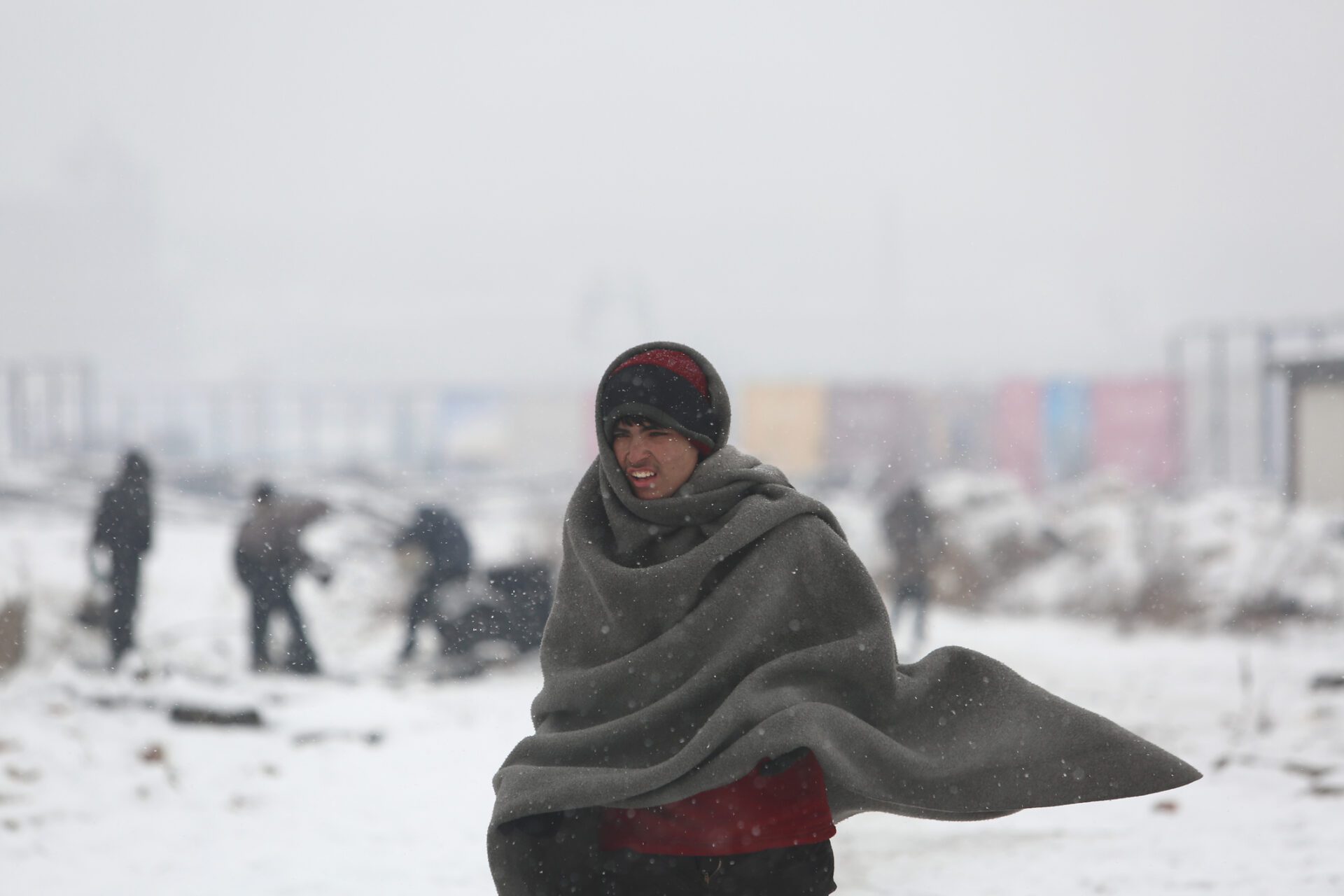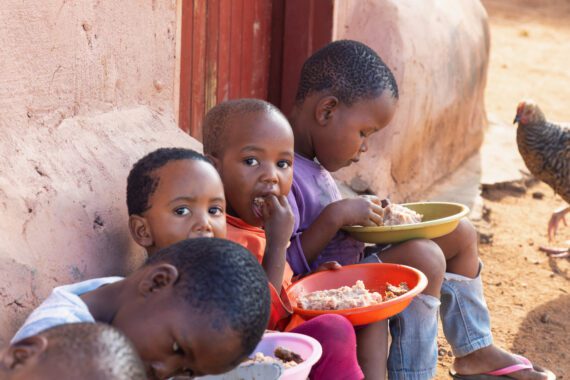By Syeda Lamia Hossain
Afghanistan was among the first countries featured in Bread for the World’s series of Hunger Hotspots briefings. The briefings are part of Bread’s efforts to raise awareness of today’s global hunger crisis by providing context and enabling people who work in humanitarian emergency situations to communicate directly with U.S. decision-makers.
Speakers at the September 2023 briefing included a nonprofit worker speaking from Kabul, who described a barely functioning economy and very high levels of hunger and malnutrition. Another speaker discussed efforts to ensure that people are fed despite daunting barriers such as heavy damage to infrastructure essential to producing and distributing food.
More than 42 million people live in Afghanistan. For the period November 2023 to April 2024, humanitarian agencies describe Afghanistan as a hunger hotspot of “very high concern.” Large numbers of people face critical levels of hunger; moreover, life-threatening conditions are expected to worsen over this six-month period. According to the Global Humanitarian Overview, in 2024, an estimated 23.3 million people will need humanitarian assistance to survive.
In November 2023, the U.S. Institute of Peace reported that after more than two years of Taliban rule, Afghanistan remains one of the world’s poorest countries. The economy is expected to continue its decline, and conditions in the country make up a “recipe for increased humanitarian need over the longer term in the absence of major structural and political reforms.”
Decades of violence and destruction have stymied Afghanistan’s economic development and caused immeasurable human loss. For example, Afghans were caught up in the so-called Cold War between the United States and the Soviet Union. The Soviet Union invaded Afghanistan in 1979, fueling a 9-year war that cost the lives of an estimated 1 million civilians. Additionally, the U.S. military fought in Afghanistan for two decades following the terrorist attacks of September 11, 2001.
In the first half of 2021, Taliban fighters moved swiftly across the country. The Taliban seized control of the Afghan government on August 15, 2021. It is not recognized as the national government by the international community, but it is the de facto government.
At the time the Taliban came to power, nearly 40 percent of the country’s Gross Domestic Product (GDP), and 75 percent of the government’s entire budget, was composed of foreign assistance. Much of this aid was suspended when the government changed hands. The U.S. position has been that humanitarian assistance should continue but should not go through the de facto authorities, here the Taliban. Nonetheless, international assistance was disrupted for several months, deepening the crisis of hunger, life-threatening malnutrition, and the collapse of the public health sector.
No country can develop a healthy economy without the contributions of every adult who is able. The Taliban has prohibited women from working in most occupations and does not allow girls to attend school beyond sixth grade. Women report that their most urgent need is a way of earning a living. Other restrictions prevent women from participating in public life, accessing health care, and traveling without a male “guardian.”
Afghanistan’s economic crisis is also exacerbated and complicated by climate change. The primary climate impact is desertification. The country is becoming a desert. Droughts that affect 75 percent of Afghanistan’s northern, western, and southern regions—and two-thirds of the population—have degraded the land and dried up water sources, leading to failed harvests. According to UNICEF, an entire generation of children is suffering from malnutrition, cholera, and forced displacement.
The U.S. and other high-income countries continue to provide life-saving humanitarian assistance to Afghanistan. In fiscal year 2023, the U.S. contribution was $844 million. Bread has also joined with partner organizations in urging Congress to pass supplemental funding for humanitarian assistance. It is urgently needed to save lives, especially those of children under 5, who are far more likely to die of malnutrition than older children or adults.
The global hunger crisis makes it impossible to ignore the need to resolve the root causes of hunger: conflict, climate change, and economic inequities. Only when we address these root causes can countries where people face hunger emergencies move beyond today and tomorrow toward greater food security.
Syeda Lamia Hossain is a global hunger fellow, Policy and Research Institute, with Bread for the World.



